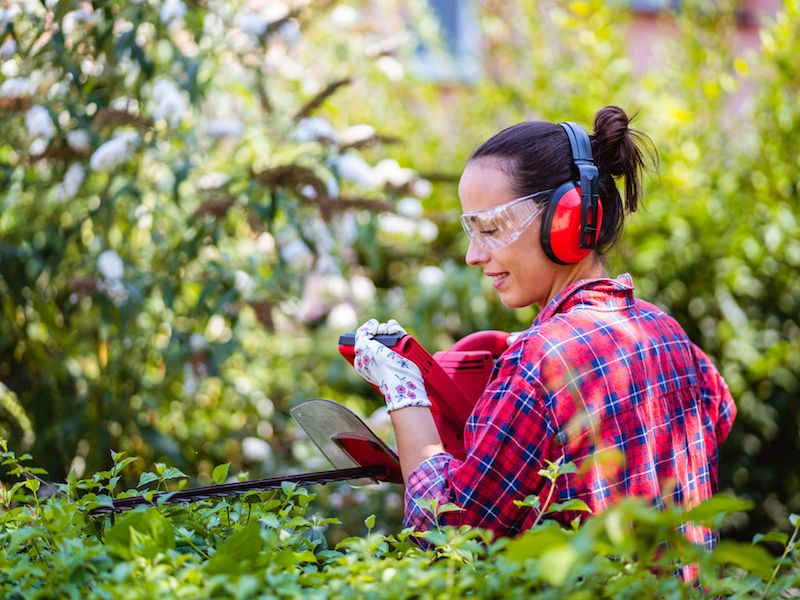
Eating right and safeguarding your hearing have some similarities. It sounds smart, but not many of us have a good concept of where to begin. If there aren’t any apparent noise dangers and you don’t consider your daily environment to be very loud, this is especially true. But daily life can put stress on your ears and your senses, so doing these hearing protection tips can help maintain your auditory acuity.
If you want to keep enjoying the sounds around you, you should do everything you can to slow down the deterioration of your hearing.
Tip 1: Wearable Ear Protection
The most basic and practical way that you can safeguard your ears is to protect your ears. This means taking basic actions to lessen the amount of loud and harmful noises you’re exposed to.
This means that when it’s warranted most people will want to use ear protection. Two general forms of protection are available:
- Ear Muffs, which are placed over the ears.
- Ear Plugs, which are placed in the ear canal.
Neither form of hearing protection is inherently better than the other. Each type has its benefits. Your choice of hearing protection should, most importantly, feel comfortable.
Tip 2: When Sound Gets Harmful, be Aware of It
But
The following threshold is when sound becomes dangerous:
- 95-100 dB: This is about the noise level you’d expect from farm equipment or the normal volume of your earbuds. This volume of sound becomes harmful after 15-20 minutes.
- Over 100 dB: This is where you can damage your hearing very rapidly. Anything above this limit can injure your hearing in minutes or seconds. Rock concerts and jet engines, for example, can damage your ears in around thirty seconds.
- 85 decibels (dB): After around two hours this level of sound is damaging.Your hairdryer or a busy city street are both scenarios where you will find this volume of sound.
Tip 3: Turn Your Phone Into a Sound Meter
Now that we have a general understanding of what volume of sound might be harmful, we can take some steps to ensure we limit our exposure. The trick is that, once you’re out in the real world, it can be difficult to gauge what’s loud and what isn’t.
That’s where your smartphone can become a handy little tool. There are dozens of apps for iPhone, Android, and everything in between that turn your device’s microphone into a sound meter.
Having a dynamic sound meter with you will help you evaluate everything you’re hearing in decibels, so you’ll have a far better understanding of what dangerous levels actually sound like in your day-to-day life.
Tip 4: Keep an Eye on Your Volume Buttons
Most people today listen to music using their phone or smart device, and they normally use earbuds while they do it. This creates a risky scenario for your hearing. Your ears can be significantly harmed if you keep your earbuds too loud over a long period of time.
That’s why safeguarding your hearing means keeping a focused eye on your volume management. You should never raise the volume in order to drown out noises somewhere else. in order to make sure that volume doesn’t get too high, we recommend using volume configurations or app settings.
Earbud use can become a negative feedback loop if your hearing starts to decline; in order to compensate for your faltering hearing, you could find yourself continuously rising the volume of your earbuds, doing more harm to your ears in the process.
Tip 5: Have Your Hearing Tested
You might think of a hearing exam as something you get when your hearing has already begun to diminish. Without a baseline to compare results to, it’s not always easy to identify a problem in your ears.
Scheduling a hearing screening or exam is a good way to obtain data that can be used for both treatment and diagnostic purposes, ensuring that all of your future hearing (and hearing protection) decisions have some added context and information.
Keep an Eye on Your Hearing
It would be ideal if you could constantly protect your hearing without any issues. But challenges are always going to be there. So anytime you can and as often as possible, safeguard your hearing. Also, get regular hearing exams. Use these suggestions to improve your chances.